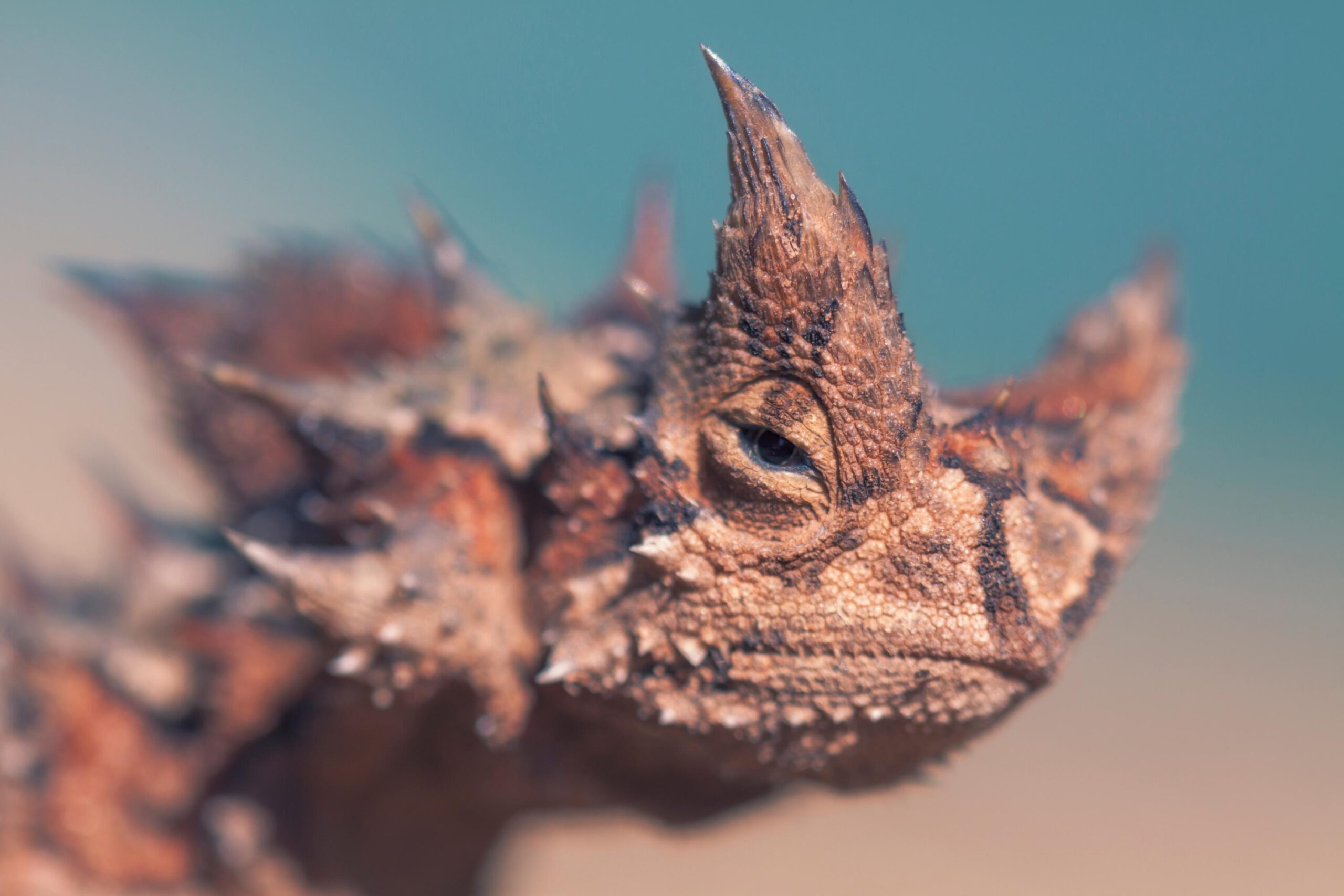
The Thorny Devil: A Master of Desert Survival
The thorny devil, a small lizard endemic to the arid regions of Australia, is a testament to the power of adaptation. Scientifically known as Moloch horridus, this remarkable creature possesses a unique combination of formidable spiny scales and physiological adaptations that allow it to thrive in an environment defined by extreme heat and drought. Its survival hinges on a fascinating technique for obtaining water and a specialized diet. Let’s delve into the intriguing world of the thorny devil, exploring its remarkable hydration strategy and dietary habits.
Appearance and Habitat
Thorny devils are relatively small lizards, typically reaching around 20 centimeters (8 inches) in length and weighing between 50 and 90 grams (1.8 to 3.2 ounces). They are a member of the Agamidae family, which includes other well-known lizards like bearded dragons. As an endemic species, thorny devils are exclusively found in the desert and semi-desert regions of Western and Central Australia.
Their physical appearance is undeniably striking. The squat body is densely covered in formidable spines, which are not only sharp but also serve as a defense mechanism against predators. The head is adorned with two prominent spines, resembling horns, giving rise to the name "thorny devil."
Adding to their mystique, the color of their scales is adaptable, responding to changes in sunlight and surrounding environment. This chameleon-like ability allows the thorny devil to vary its coloration from beige to a reddish-brown hue. During the hottest parts of the day, their scales lighten to a beige tone, minimizing heat absorption. Conversely, when threatened by a predator, the lizard blends seamlessly with its surroundings, effectively camouflaging itself.
A Novel Hydration Technique
One of the most remarkable aspects of the thorny devil is its unique method of hydration. Unlike most animals, which drink directly through their mouths, the thorny devil absorbs moisture through its skin. This adaptation is critical for survival in the arid Australian deserts, where water is scarce.
The thorny devil’s skin is equipped with an intricate network of microscopic, interconnected channels located between its scales. These channels function as a capillary system, drawing moisture from the surrounding environment. When the lizard comes into contact with a damp surface, such as morning dew on vegetation, moist sand, or even its own body condensation, the humidity is instantly drawn into these channels.
This water is then transported, against the pull of gravity, through the capillary network towards the lizard’s mouth. At the mouth, the lizard uses movements of its jaw and tongue to effectively lap up the collected water. This passive hydration process, where the skin acts like a sponge, is incredibly efficient and allows the thorny devil to drink even when it is buried in the sand. This adaptation is a critical advantage for surviving in the arid outback.
Dietary Specialization
Thorny devils are primarily insectivores, with a highly specialized diet consisting almost exclusively of ants. They exhibit a particular preference for ants belonging to the Iridomyrmex genus. These ants provide a substantial source of protein, and thorny devils can consume thousands of them per day.
To achieve this remarkable feat, they employ a sit-and-wait foraging strategy. Thorny devils patiently position themselves near ant trails, relying on camouflage to remain undetected. Thanks to their ability to change color, they blend perfectly with their surroundings, becoming virtually invisible to their unsuspecting prey. As a column of ants passes within reach, the thorny devil uses its sticky tongue to rapidly capture them. This specialized diet and hunting strategy have allowed the thorny devil to thrive in its challenging environment.
Defense Mechanisms
The thorny devil’s spiny scales, as mentioned before, serve as a significant defense mechanism. These spines make it difficult for predators to swallow the lizard and can deter attacks. When threatened, the thorny devil will often lower its head between its front legs, presenting only the spiny back of its neck to potential predators. It also possesses a "false head" on the back of its neck; this fleshy lump mimics a second head, and predators may attack this instead of the lizard’s real head, giving it a chance to escape.
Conservation Status and Threats
While the thorny devil is not currently listed as an endangered species, it does face a number of threats. Habitat loss due to land clearing for agriculture and mining is a significant concern. Introduced species, such as foxes and feral cats, prey on thorny devils, further impacting their populations. Changes in fire regimes can also negatively affect their habitat and food sources. As climate change continues to alter desert ecosystems, the thorny devil’s specialized adaptations may be tested further.
Conclusion
The thorny devil is a remarkable example of evolutionary adaptation. Its unique hydration strategy, specialized diet, and formidable defenses have allowed it to thrive in one of the most challenging environments on Earth. By understanding the threats facing this fascinating creature, we can work to ensure its survival for generations to come. Further research into the intricate details of their physiology and behavior will only deepen our appreciation for this true desert survivor.
